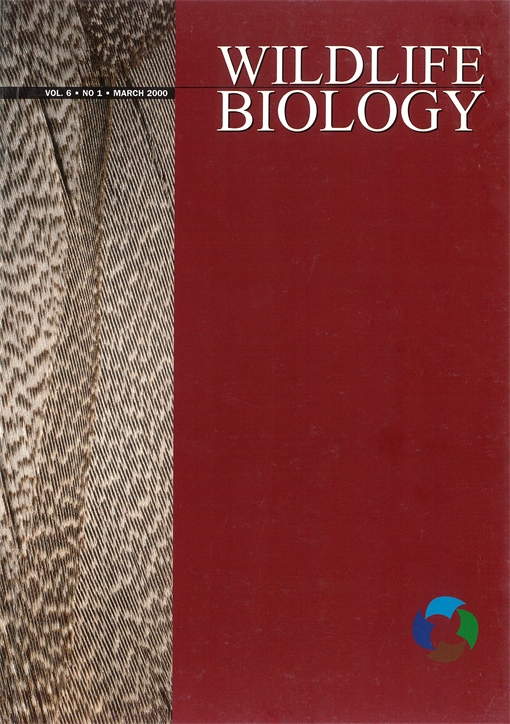Finland and Russian Karelia belong to the same biogeographical entity, lying on the same Precambrian bedrock. During the last half century there has been an enormous ‘natural experiment’, in which forestry in Finland has been very intensive, whereas in Karelia forestry has been negligent leaving large primaeval areas untouched. As a result, Russian forests have a much greater diversity of wildlife. In particular, rare species and species favouring old forests are more abundant in Karelia than in Finland. Typical dominant species in Finland are those characteristic of younger successional stages as well as many vole-dependent small carnivores. Finland is situated on the eastern margin of a vast coniferous taiga. The future of the taiga fauna in Fennoscandia is dependent on the condition of the taiga forests in Russia and on the connectivity of Fennoscandian forest areas to the intact taiga, i.e. connectivity at the border between Russia and Finland. In this paper, we focus our attention on the narrow isthmus between the White Sea and Lake Onega, which is an extremely important connection for the northern element of the taiga fauna. The capercaillie Tetrao urogallus may be a good focal species, with its large spatial requirements for lek areas depicting the need for connectivity to maintain viable populations. We suggest that large-scale connections should be planned, ‘forest bridges’ intruding into Finland and even into Sweden, where the proportion of mature forests would be high enough (as much as ⅓ of the total area) to guarantee the connectivity between subpopulations. We argue that this may not necessarily represent additional costs for forestry, provided that actions are taken for a careful large-scale planning of forest harvesting to satisfy the requirements of these corridors. We believe that large-scale preservation of ecosystems will be a better strategy in the future than species-specific conservation programmes for wildlife species.
How to translate text using browser tools
1 September 2000
Large-scale forest corridors to connect the taiga fauna to Fennoscandia
Harto Lindén,
Pjotr I. Danilov,
Andrei N. Gromtsev,
Pekka Helle,
Ernest V. Ivanter,
Juri Kurhinen
<
Previous Article
|

Wildlife Biology
Vol. 6 • No. 3
2000
Vol. 6 • No. 3
2000
Capercaillie
connectivity
Fennoscandia
forestry
game communities
landscape ecology




